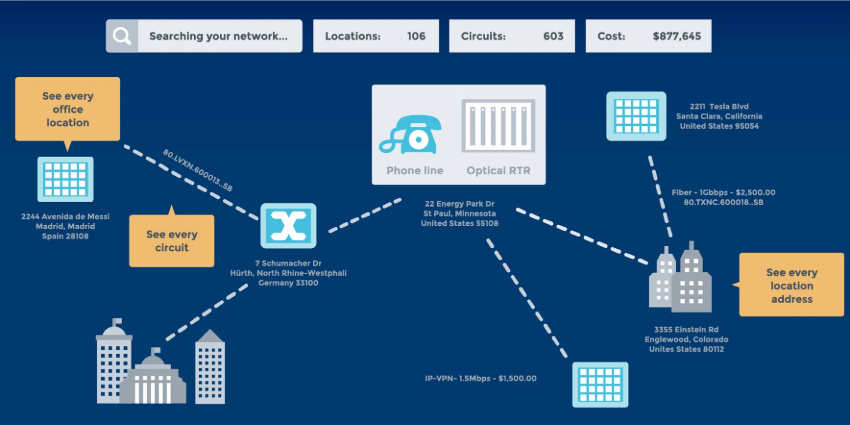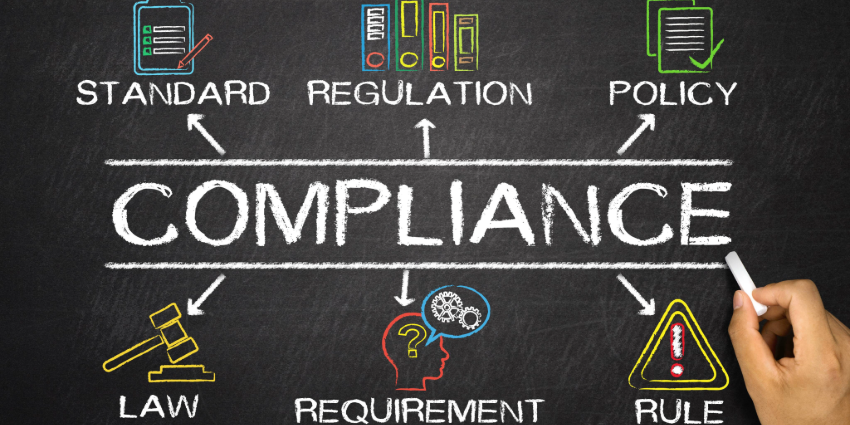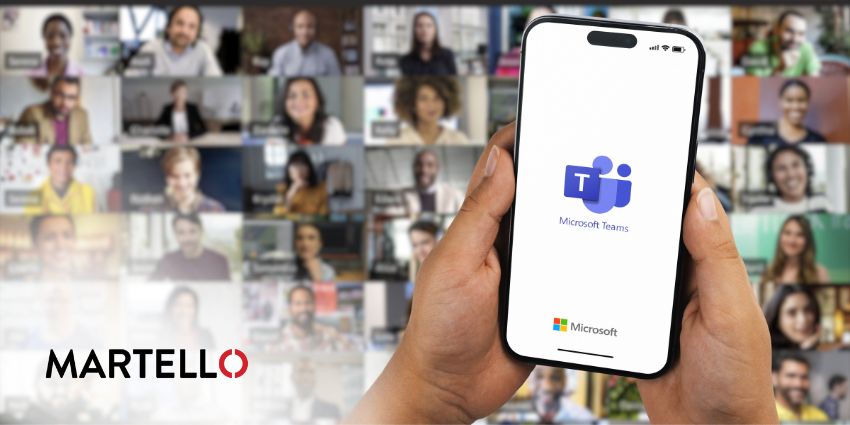Fixed Mobile Convergence is a growing industry term that’s gaining more popularity by the day. In a world of constant transformation, where people no longer want to be tied to a desk or a specific office, mobility is the key to greater productivity. To achieve true flexibility, today’s employees need a mobile solution they can rely on.
Fixed Mobile Convergence essentially refers to the ability to use one phone when you’re moving between your home, office, or any other location. When offering FMC (Fixed Mobile Convergence), companies provide simple access to voice and data applications. With FMC, vendors converged wireless and wired technologies into a single solution, so that employees have absolute freedom.
Proponents of this solution say that its biggest benefit is convenience – the freedom to have one phone number that reaches you wherever you are. With this solution, you could start a call in the office, then have a follow-up call at your home without having to switch phones or hang up. With FMC, you can take advantage of VoIP when internet connections too. The ability to use Wi-Fi expands coverage for your cell phone in locations where it’s difficult to get cell service.
The Fixed Mobile Convergence World
In a converged landscape, you can make calls through your Wi-Fi network, head outside and connect to the cell system, then re-connect to WiFi when you hit your local café without losing the call. In the communications industry, FMC offers an exciting way to provide freedom to today’s employees. With the growing popularity of internet-capable devices, the need for FMC is greater than ever.
Unfortunately, the landscape for fixed-mobile convergence is still confusing because the technology is relatively immature. Some companies offer IP-PBX extension technology, while others experiment with wireless WiFi convergence.
However, the ultimate goal of FMC remains pure – to optimise the transmission of all video, voice, and data communications among end-users, no matter their devices or locations. In the immediate future, FMC even means that a single device can connect with and switch between wireless and wired networks.
Tips for Mobile Fixed Convergence
So, how do you make sure that you’re approaching the mobile landscape in the right way? There’s plenty of opportunity here to access new levels of flexibility and scalability. However, like any disruptive technology transformation, businesses need to have the right place.
1. Assess Your Needs
The first step in successfully embracing FMC technology, is figuring out what you actually want to accomplish. Do you want to ensure that your remote workers have the same number when they’re at home, or in the office? Are you looking for a better way to support your field employees and front-line staff?
Understanding your needs and your goals for FMC will help you to track down the best partner to bring your strategy to life. Remember, assess the partners in the marketplace carefully based on what they can offer you in terms of stability, reliability, and more. For instance, data rationalisation and high-strength resiliency is essential for FMC. You’ll need to ensure that your provider can give you the best possible level of service fulfilment and assurance if you want to maintain the right operational efficiency.
It may also be worth doing further research into the difference between wireless WiFi convergence and IP-PBX extension as FMC technology options. The IP track involves IP telephony vendors offering software you can load onto your phone – this works over the cellular network and requires a gateway that connects to a PBX. Avaya, Cisco, and many other leading telecoms offer this option.
2. Take a Holistic Approach
Once you know what you want to do with your FMC technology, the next step is to build out your operational strategy. A good strategy for mobile service evolution involves thinking about everything from the services you’re going to be using on your mobile devices, to the people, processes, and tools that you rely on every day.
Speak to your vendor about how you can converge, unify, and optimise your mobile communication strategy. Many of the leading organisations in this landscape are experimenting with things like dual-mode connectivity to help businesses achieve more flexibility with their stack. For instance, you might have an FMC tool that uses the cellular network outside of the building and wireless LAN to communicate with the internal PBX.
Other companies with an eye on the future are also experimenting with new technology like 5G and fibre to enhance the way that they can deliver amazing device experiences. Don’t be afraid to ask your providers what kind of innovations they’re investing in.
3. Remember to Choose the Right Devices
Software is an essential consideration in an FMC strategy because it’s responsible for managing the connections that make mobile discussions possible. However, it’s important not to underestimate the impact of the right hardware. No matter what kind of fixed-mobile convergence plan you go for, it’s essential to have the right physical phones too.
Things like inconsistent performance, poor battery life, or even a lack of durability could mean that your team isn’t able to get the most out of its FMC devices. To truly succeed in this landscape, you’ll need to ensure that your team has the right devices to facilitate better conversations.
Explore the options available from today’s mobile leaders carefully. Working with an experienced telecoms provider is a great way to protect yourself from any potential issues.
Where is the FMC Market Heading?
Fixed-mobile convergence might be a popular concept, but it’s still something in the very early stages of evolution. Currently, we’re seeing a widespread growth of new innovations that will help to take this technology to the next level. For instance, there’s machine-to-machine communication, the evolution of the Internet of Things, and even 5G to think about.
According to some studies, the average household will own up to 50 devices by 2022, and these devices will help to transform connectivity in all areas of life, from connected homes to smart speakers and autonomous cars.
As the way that we communicate and connect continues to evolve, there’s no doubt that the opportunities available from FMC will grow too.
Take a look at our Communication Endpoints Statistics for 2020.







